In the fast-paced world of small business, finding an edge in the market is akin to discovering gold. Marketing automation emerges as that goldmine, offering a beacon of efficiency and smart marketing strategies. By automating mundane tasks, it allows businesses to zero in on growth and cultivate deeper relationships with customers.
This guide embarks on a comprehensive exploration of selecting apt tools, implementing effective strategies, and gauging the impact of your marketing endeavors. Discover how marketing automation not only saves time but also significantly bolsters customer interactions and business outcomes.
Starting Your Marketing Automation Adventure
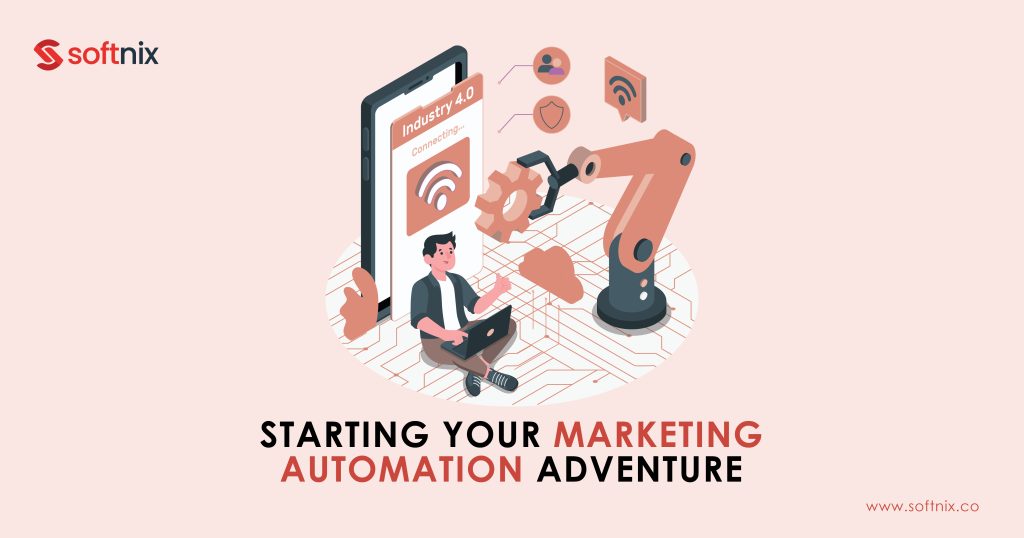
Starting your marketing automation is like beginning a journey with risky possibilities. It’s aimed at making your business run smoother and boosting your marketing strategies. Now, the real puzzle is, how do you start this journey, and what measures should you take to ensure it’s a victorious one?
Laying the Groundwork: Understanding Your Needs

The inception of your marketing automation journey requires a deep dive into your business’s heart, identifying your goals, understanding your audience, and evaluating your resources.
Setting Clear Objectives: Determining whether you aim to boost sales, generate leads, or increase customer engagement is crucial. These objectives will steer the direction of your marketing automation strategy.
Audience Insights: Grasping your audience’s preferences, behaviors, and pathways allows for a tailored approach, making your automated efforts resonate more profoundly.
Resource Assessment: Reflect on your budget, team capabilities, and current technological stack. This reflection is pivotal in outlining the scale and framework of your automation endeavors.
Tips for Tool Selection
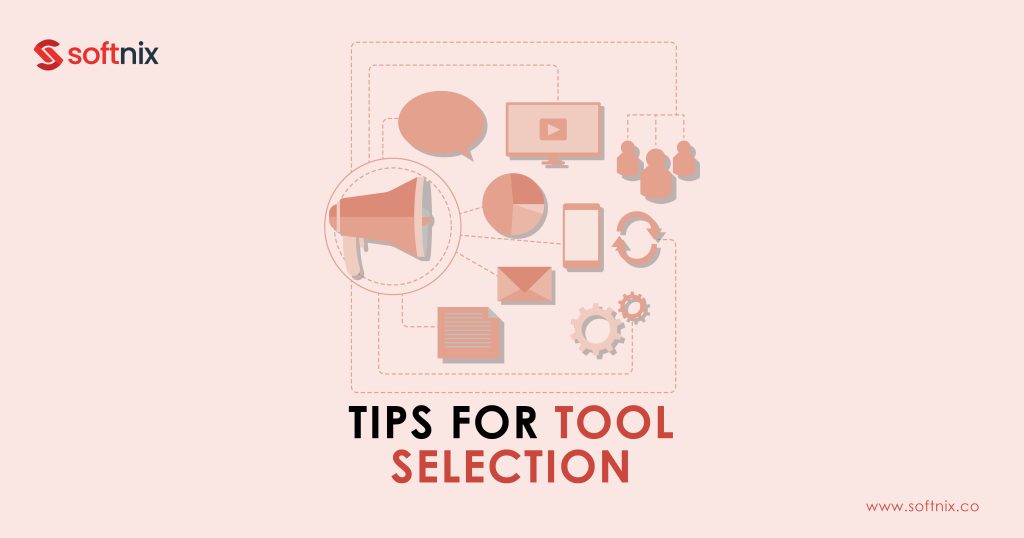
The sea of marketing automation tools presents both an opportunity and a challenge. Identifying the right tool is pivotal for a smooth journey.
Simplicity is Key: Favor tools that are intuitive and straightforward, especially vital for smaller teams or those with limited tech experience.
Integration Matters: Ensure seamless integration with your existing CRM, email platforms, and other tools to create a cohesive ecosystem.
Growth-Friendly: Choose a tool that scales with your business, offering advanced functionalities as your needs evolve.
Tools Worth Considering
Several platforms stand out for their affordability, ease of use, and features that cater specifically to small businesses:
Mail-chimp: Renowned for email marketing, it also provides CRM features and automated workflows.
Hub-Spot: An all-encompassing suite offering extensive automation capabilities across marketing, sales, and customer service.
Zoho Campaigns: Offers accessible email marketing solutions with automation features designed for smaller teams.
Implementing Your First Automated Campaigns
Ease into automation with straightforward workflows that demonstrate immediate value and familiarize you with the tool’s capabilities.
Onboarding Emails: A sequence of welcoming emails for new subscribers can effectively introduce your brand and set expectations.
Nurturing Leads: Automated emails offering valuable content tailored to the lead’s journey stage can smoothly guide them toward making a purchase.
Elevating Your Marketing Strategy
With a basic understanding in place, the next step involves crafting automation strategies that not only engage but captivate your audience, aligning seamlessly with your business goals.
Crafting Effective Workflows
Engaging Leads at Every Step: Design email sequences that address the specific needs and stages of your leads, nurturing them toward a purchase.
Masterful First Impressions: Use welcome emails to lay a solid foundation for future interactions, showcasing your brand’s value.
Achieving Personalization through Segmentation
The magic of marketing automation lies in its ability to deliver personalized content, significantly enhancing engagement and conversion rates.
Leveraging Data for Segmentation: Utilize insights from your CRM and analytics to segment your audience meticulously, allowing for highly targeted campaigns.
Content Customization: Adapt your messaging and offers based on each segment’s unique preferences and behaviors for maximum impact.
Streamlining with CRM Integration

Integrating marketing automation with your CRM system can dramatically improve efficiency and lead management, ensuring no opportunity slips through the cracks.
Holistic Customer Insights: Achieve a 360-degree view of customer interactions, enabling highly personalized and timely engagements.
Prioritizing with Lead Scoring: Implement lead scoring to identify and focus on prospects most likely to convert, optimizing your sales team’s efforts.
Mastering Advanced Marketing Automation
As your familiarity with marketing automation grows, exploring advanced techniques can unlock new levels of personalization and efficiency, further driving your business’s growth.
Fine-Tuning Lead Scoring
Defining Engagement Indicators: Establish criteria for scoring leads based on their interactions with your content, helping prioritize follow-up activities.
Aligning Sales and Marketing: Use lead scores to ensure seamless handoffs to the sales team, focusing their efforts on the most promising prospects.
Email Marketing Mastery
Harnessing A/B Testing: Experiment with various elements of your emails to discover what best engages your audience, from subject lines to call-to-actions.
Beyond Basic Personalization: Dive deeper into personalization by tailoring content based on past interactions, purchases, or behavior, delivering highly relevant messages.
Content and Social Media Synchronization

Automate your content distribution and social media postings to maintain consistent engagement with your audience, ensuring your brand remains top-of-mind.
Scheduled Content Sharing: Plan and automate the distribution of your content across channels, keeping your audience engaged with a steady flow of valuable insights.
Optimized Social Media Engagement: Utilize tools to schedule social media posts for peak engagement times, amplifying your reach and interaction.
Working with Multi-Channel Strategies
Customers engage with your brand across various platforms. A unified approach to marketing automation ensures a seamless and enriched customer experience.
Integrating SMS and Email: Blend SMS and email marketing for timely communications, adding an additional layer of engagement.
Automating Event Promotion: Leverage automation to boost webinar or event attendance through timely social media posts and email reminders.
Analyzing and Refining Your Approach
With your marketing automation engine running, continuously measuring and optimizing its performance is critical to maximizing its impact on your business’s growth and customer satisfaction.
Guided by Key Performance Indicators (KPIs)
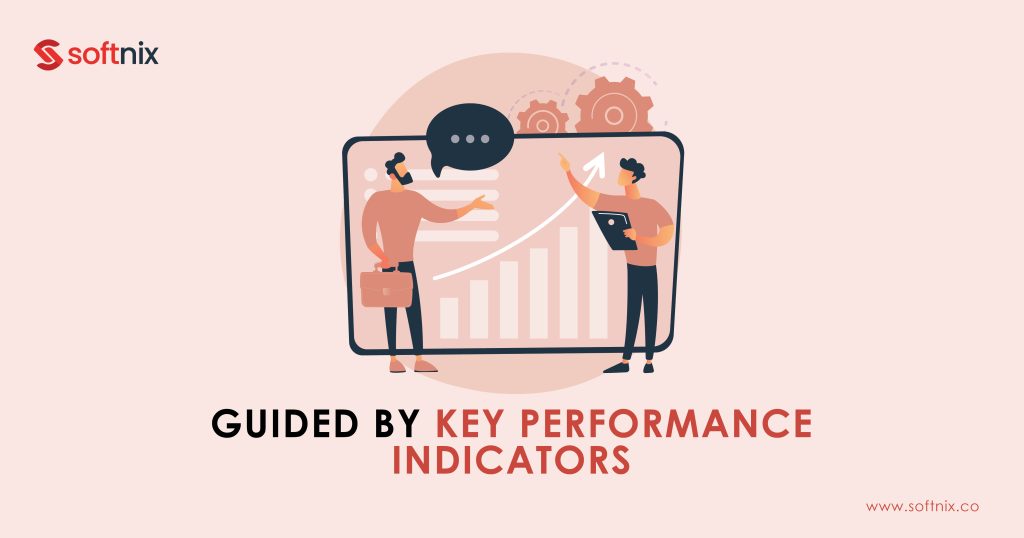
Engagement Metrics: Track open rates and click-through rates to gauge content engagement and campaign effectiveness.
Conversion Insights: Monitor conversion rates to assess the effectiveness of your call-to-actions and landing pages.
Cost Efficiency: Keep an eye on customer acquisition costs to ensure your automation efforts are cost-effective.
Leaning on Analytics for Strategy Refinement

Dive deep into analytics to transform data into actionable insights, continuously refining your email marketing guide strategy for better results.
Understanding User Behavior: Analyze interactions with your emails, website, and landing pages to fine-tune your approach. Consider how you can analyze user behavior from the impact of voice search on B2B SEO strategies, as more users are utilizing voice commands to find services and products. This emerging trend necessitates adapting your SEO practices to improve visibility and engagement.
Segmentation Success: Evaluate the performance of different audience segments, adjusting your strategy for improved engagement and conversions.
The Power of A/B Testing
Regularly testing and comparing different campaign elements enables you to refine your strategy, ensuring your marketing efforts resonate more effectively with your audience.
Exploring Variations: Test different subject lines, content formats, and designs to discover what drives the highest engagement and conversion rates.
Keeping Your Strategy Agile
The digital marketing landscape is constantly evolving, as are your customers’ preferences. Staying agile and receptive to change ensures that your marketing remains impactful and aligned with your audience’s evolving needs.
Conclusion
As we’ve navigated through the intricacies of marketing automation, it’s clear that it offers a wealth of strategic advantages for small businesses. From enhancing efficiency to deepening customer engagement, the potential for growth and competitiveness is substantial. I encourage small business owners to stay abreast of the latest trends and innovations in marketing automation. Integrating these advancements into your strategies can significantly propel your business forward. Let’s view these technological evolutions not as hurdles but as exciting opportunities for advancement and success in the dynamic market landscape.

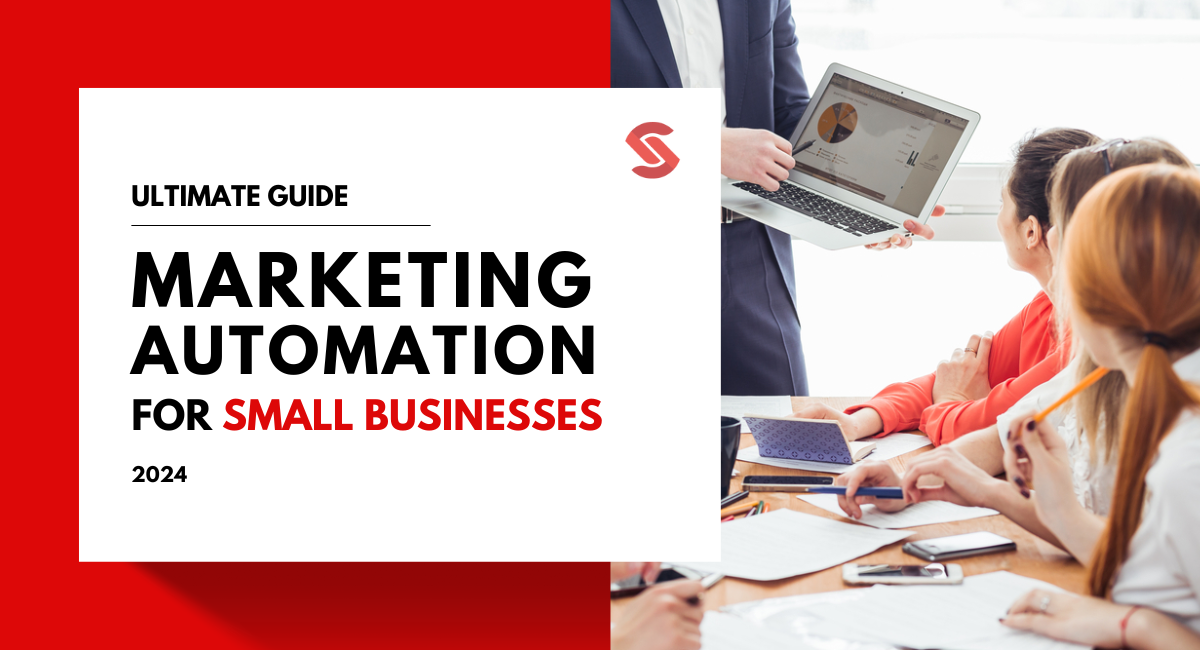


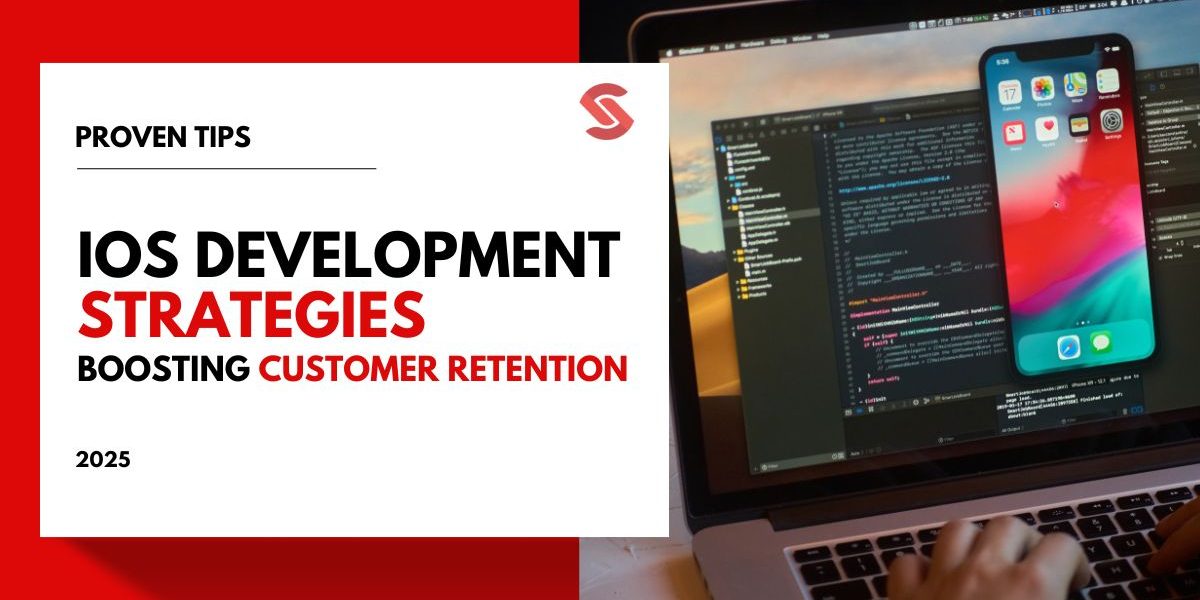

Nice post. I learn something totally new and challenging on websites